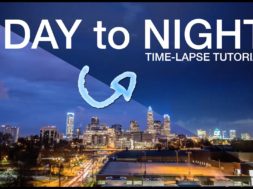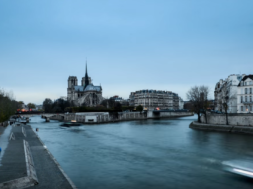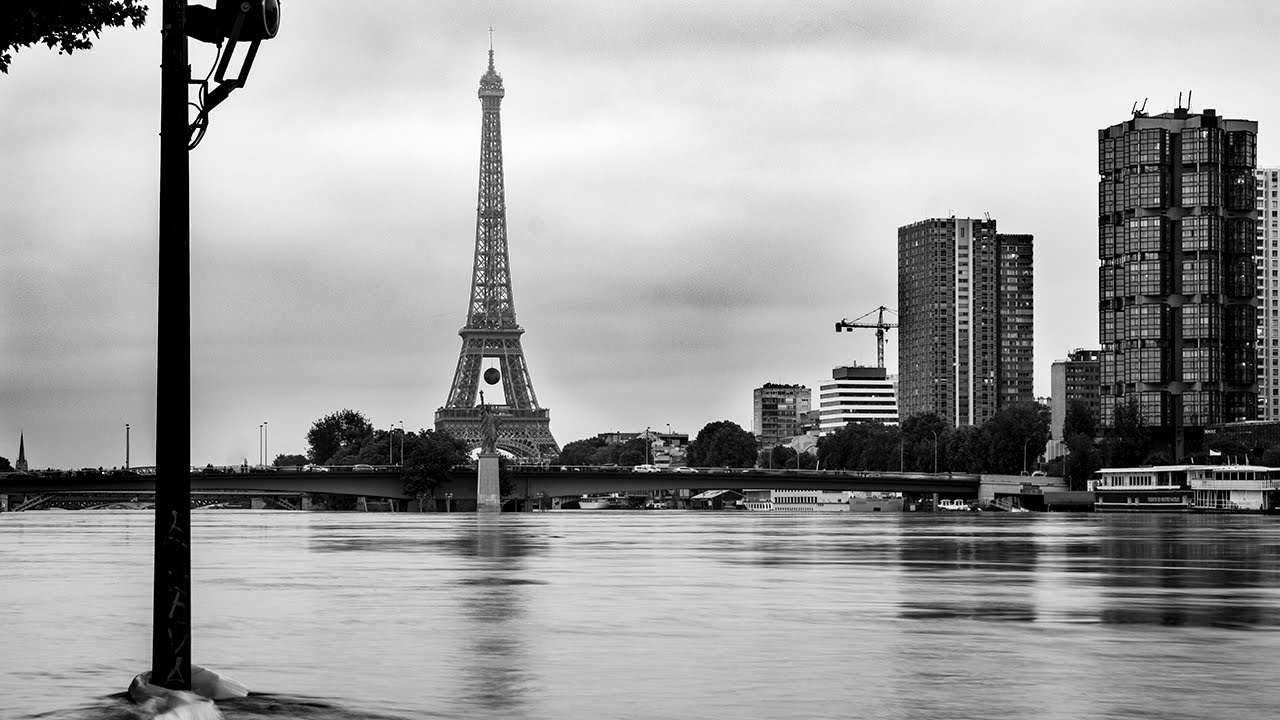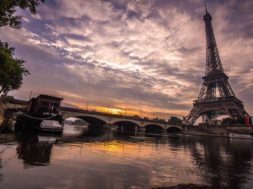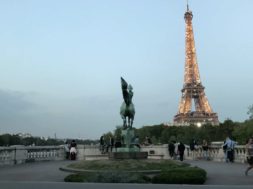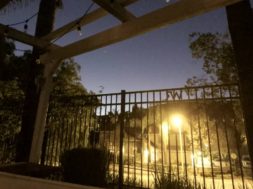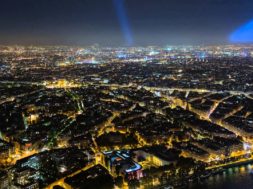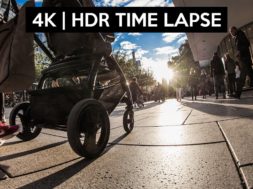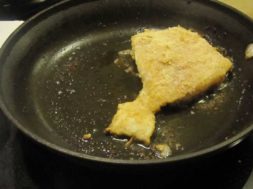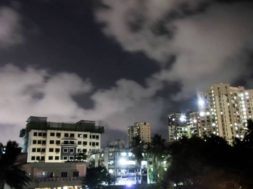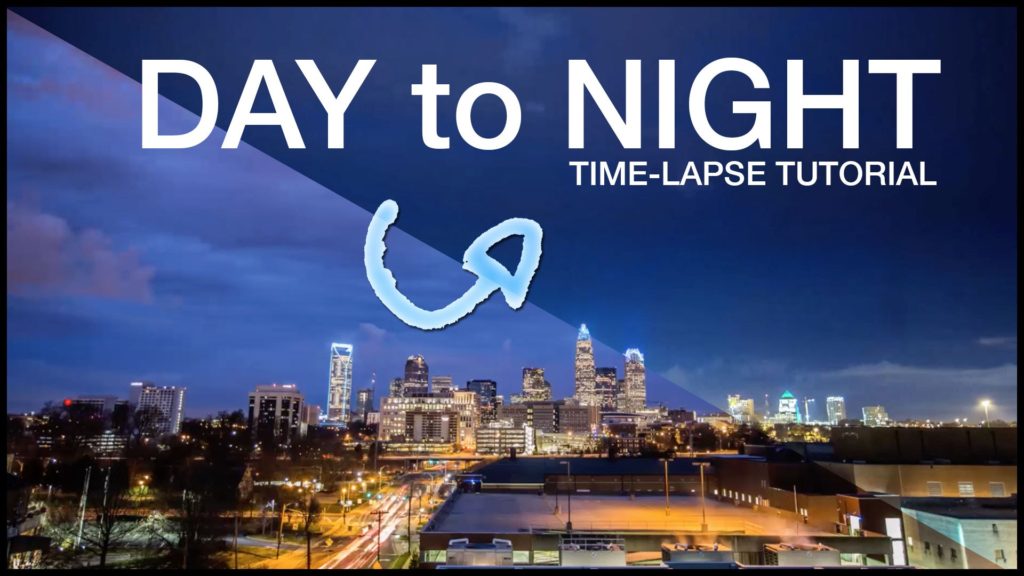The Holy Grail Time-lapse technique is a way of shooting your day to night time-lapses whereby you constantly adjust your exposure throughout the sunrise or sunset.
In this video timelapse tutorial, I attempt to walk you through the entire process from start to finish. That includes finding a location, setting the camera and then walking through the images in post production.
Location: The following are my tips on finding a good location.
1. Get ahold of the local film/photography club and ask for advice.
2. Drive around the city ahead of time.
3. Look for your location via google maps – either via the images search or via google earth view.
Camera Settings:
There are two ways to shoot these sorts of timelapses: Aperture Priority and Manual adjustment. In both techniques I recommend leaving the whitebalence set to auto (although you can lock this as well). Make sure the keep the focus set to manual. In aperture priority mode, you simply let the camera adjust the shutter speed. However, the technique is only great when the sky is clear. Manual adjustment must be done in combination with a program like LRtimelapse
Using LRtimelapse:
I just started using LRtimelapse and am really blown away by how it improves the workflow. I highly recommend it (nobody told me to say that). I suggest watching this short explanation to give you a feel for what it can do. Then, go and download the trial version of LRtimelapse4. It gives you the ability to manipulate 400 picture sequences. That ends up being a 13 second timelapse, so it’s a great tool to start with small timelapses. Then, if you like it, you can buy the personal user addition for 100 bucks.
I hope you enjoyed the tutorial. A few small notes in my timelapse:
a. I did bump the tripod once so I suggest avoiding that.
b. I stopped the timelapse half a dozen times to look at the images and accidentally took a few too many test shots in the middle. That made the clouds jump a bit. Avoiding that will make a perfectly smooth final product.
==============================================
Want to take better Pictures and Video? You’re in Luck!
↓ More info and sources below ↓
Read more about this day to night technique: http://www.untamedscience.com/filmmaking/advanced-filmmaking/day-to-night-timelapse/
We have a new book out that outlines everything you need to know to take great pictures and video. Check it out here: http://www.untamedscience.com/blog/how-to-make-science-and-nature-films/
Also, Jonas and I are creating a whole series to get you started. Here is the first video to get you into it: https://www.youtube.com/watch?v=c-EG-A7IRIc
Spread the word and follow us on:
FB: https://www.facebook.com/pages/Untamed-Science/169220075768
Twitter: http://www.twitter.com/untamedscience
Don’t forget to subscribe to this and our other great channels
Untamed Science: https://www.youtube.com/channel/UCFAbxaVl6PJMwbMMXX9ZcNw
Sport Science: https://www.youtube.com/channel/UC5EoTjbPm_U11odssdYXwSA
Behind the Scenes: https://www.youtube.com/user/robnelsonfilms
Biophilia: https://www.youtube.com/user/untamedbiodiversity
Mushrooms of the World: https://www.youtube.com/user/mushroomsoftheworld
The Curious Parent: https://www.youtube.com/channel/UCqDKaNyewVpO8cblt29UpwQ
special thanks to Michelle Lotker for help in this episode. More on her here: http://www.michellelotker.com/
Music: “Movie Intro (entwined)” and “Inspiring short” via Audiojungle.net
source
